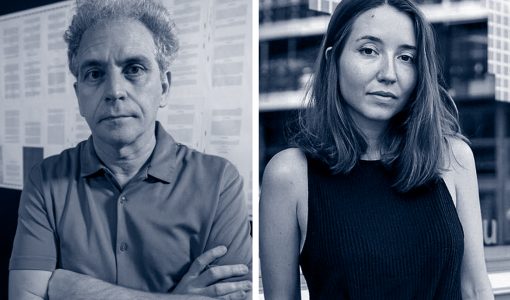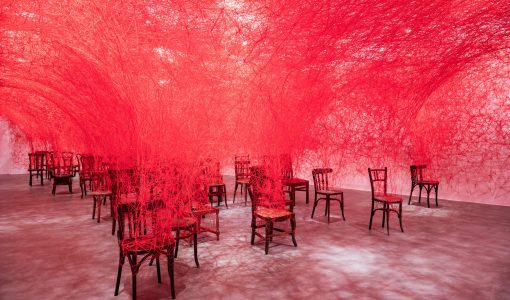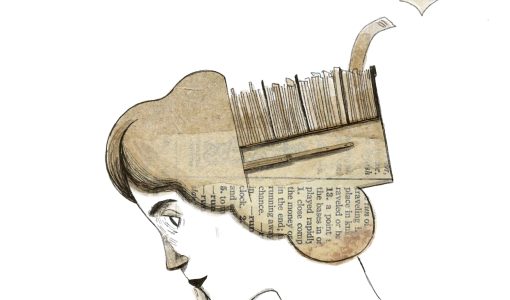
Urban Imaginaries from Latin America: Archives
Home
›
Exhibitions
›
Urban Imaginaries from Latin America: Archives
Seminar.
“Imaginaries are not just abstract, mental representations; rather, they are “embodied” or “in-corporated” into citizen objects that we find in the public light and from which we can deduce social feelings like fear, love, hope or anger. These feelings can be archived as writings, images, sounds, artworks or texts on any other subject in which the imaginary imposes its dominant value over the object itself. That is why all urban objects not only have the function of their utility, but can also be infused with imaginary value imbuing them with a different representational substance.” Armando Silva
The question of the city and the urban, the way they are practised, how they are represented and the extent to which these representations construct our relations with large cities; these are subjects that have long been the focus of work by many experts, scholars and researchers. Anthropology, sociology and the arts, as well as semiotics and psychology, have all been consulted in this context, providing different questions and answers, always as the consequence of a way of inhabiting or wanting to inhabit our cities.
Urban Imaginaries from Latin America: Archives seeks to explore one approach taken in attempting to understand how citizens represent their cities whilst also building new relations with them. A season of lectures, a resource centre and a publication provide access to all the intuitions, recordings, writings, books and studies that give shape to this project for the purpose of highlighting and discussing what has been said about urban imaginaries, using a specific, geographically located practice. Directed by Armando Silva and carried out by many contributors in the different cities studied, this long-running project has built up a large amount of material in its different stages, material whose diverse and heterogeneous nature gives a good idea of the challenges and difficulties involved in this task. In a way, it is a question of bringing the project archives to light to tell us about the problem that has brought them into existence, giving us the chance to see how Silva and his assistants have distilled these archives in the series of books on imagined cities, one of the key lines of action in this undertaking.
The structure taken by the documentary groups forming part of the project is symptomatic of its very complexity. These are not ordered, classified series of material, and are far from what we would normally call archives, in the sense of a depository of information, with all the positivist connotations of the term. Neither have they anything to do with the artistic archive, which unifies and gives meaning to eclectic series of material in accordance with an aesthetic programme. This documentary bulk follows the trail left by a series of reflections generated by a working method proposed by the project director. Through semiotics, logics and psychology, mainly, and in co-operation with like-minded academic sectors and research groups in a large part of the continent, Silva builds up a heterogeneous body of work with many possible ways in which, in turn, to define a theoretical framework, a work in progress subject to continual development.
Exploring urban imaginaries through study as well as production of photographic, cinematographic, statistical, audio and other recordings turns each archive fragment into a complex, critical intuition as to what these imaginaries are. Like something in itself immaterial and impossible to represent, imaginaries can be traced in urban objects, architectures and forms, they can form sediments in the speech and rituals of citizens and appear in graffiti, in domestic and family photographs, in shop windows and in the media. However, it would be very difficult to assign one single image to them; they resist this, eschewing any one, conclusive representation.
In opposition to the hegemonic narratives proposed by various urban managers, which generally take the shape of finished images, papier-mâché models and closed figures, this project suggests the possibility of constructing micronarratives, often conflicting, from residues, traces and remains, both physical and virtual, left by the intense life that is nourished by the different forms of urban being. Because imaginaries, as the basis of the urban makeup of citizens, enable us to study the records of civic participation in the symbolic construction of the city in order to understand its uses and to define other possible ways of inhabiting it.
Jorge Blasco Gallardo and Nuria Enguita Mayo
Dates
04.05.2007 – 13.05.2007
Director
Armando Silva.
Contributors
Jean-Claude Bernardet, Ximena Covaleda, Gérard Imbert, Dean MacCannell, María Luisa Daglla, Ignasi Ferrer Coll i Víctor, Josep Maria Montaner, Zaida Muxí Martínez, Ángel Quintana i Morraja, Pedro G. Romero.
Organised by
Fundació Antoni Tàpies, Barcelona i Universidad Internacional de Andalucía-UNIA arteypensamiento.














